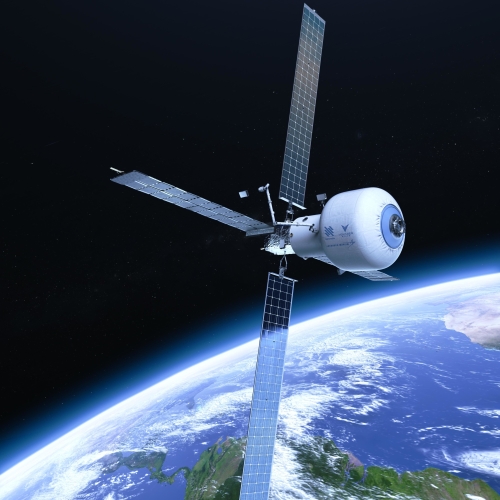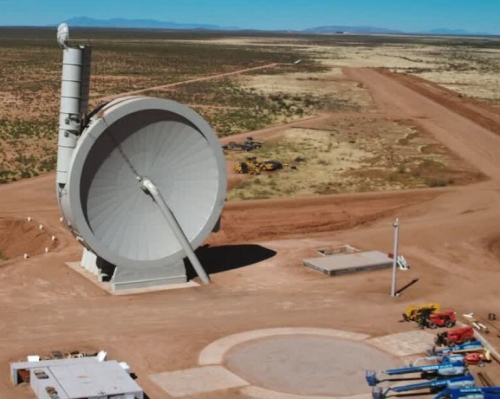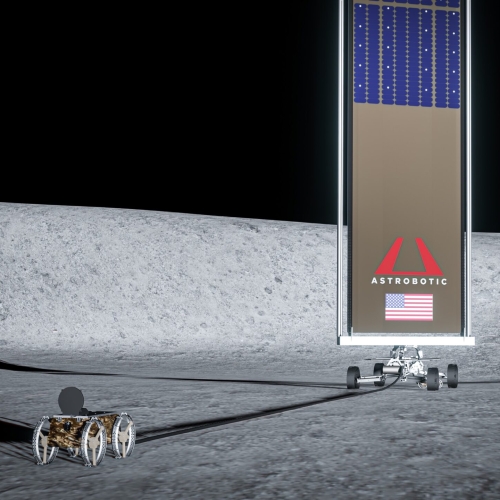Confirmed: Saudi Arabia buys two seats on next Axiom commercial flight to ISS
Capitalism in space: Saudi Arabia’s official press yesterday confirmed an earlier Reuters story that it has purchased two seats on an Axiom commercial flight to ISS, using a SpaceX Dragon capsule.
The twist is that the Saudi government says one of those astronauts will be a woman, and the mission should fly in 2023. It will include Axiom’s pilot, two Saudi passengers, and a fourth passenger, all as-yet unnamed.
The mission is part of what the Saudi government calls a new astronaut training program.
Capitalism in space: Saudi Arabia’s official press yesterday confirmed an earlier Reuters story that it has purchased two seats on an Axiom commercial flight to ISS, using a SpaceX Dragon capsule.
The twist is that the Saudi government says one of those astronauts will be a woman, and the mission should fly in 2023. It will include Axiom’s pilot, two Saudi passengers, and a fourth passenger, all as-yet unnamed.
The mission is part of what the Saudi government calls a new astronaut training program.



